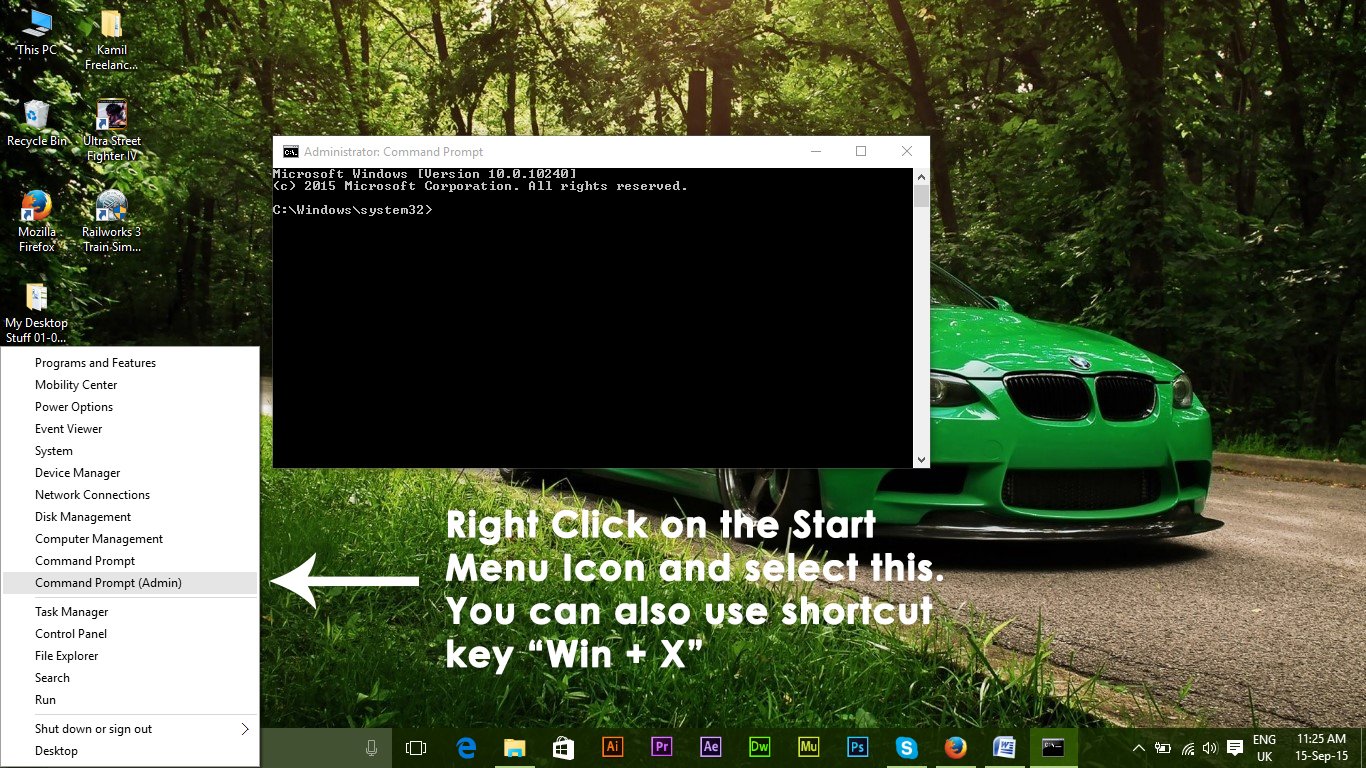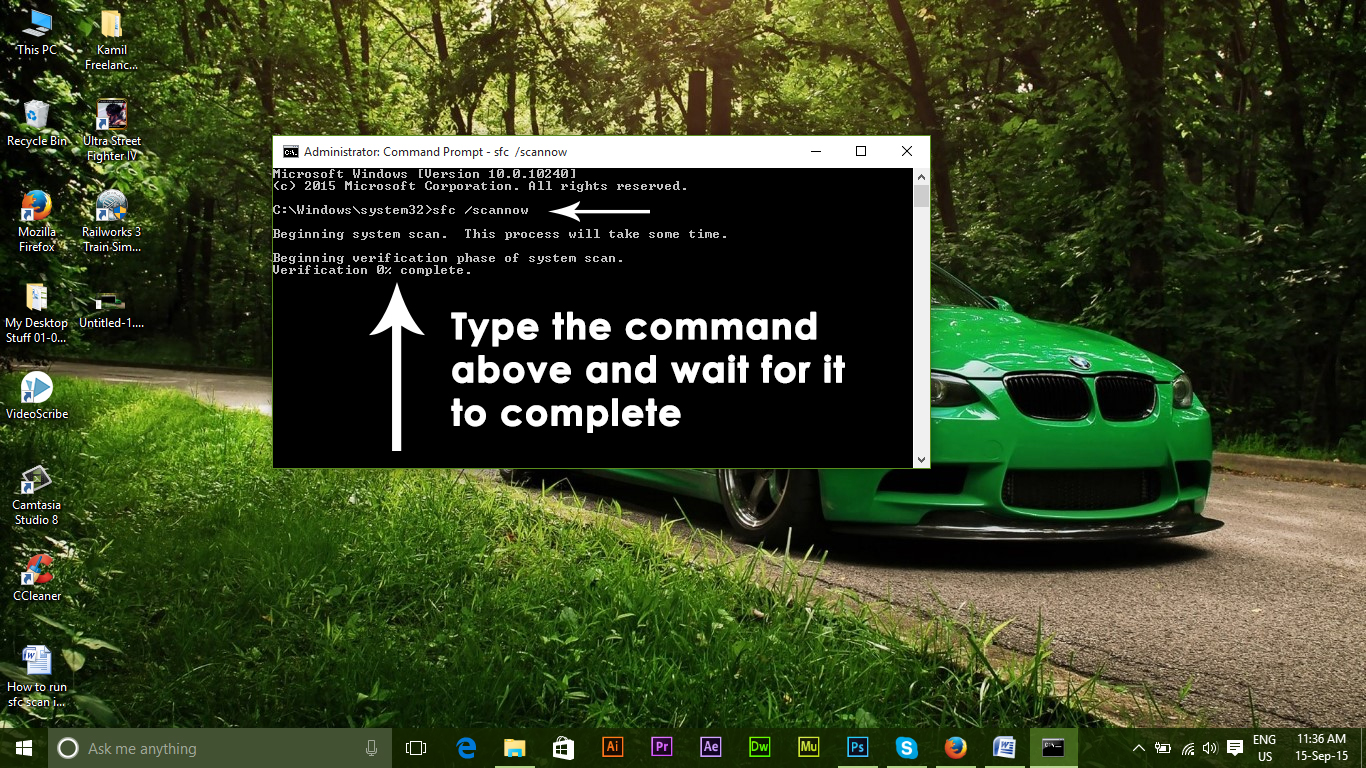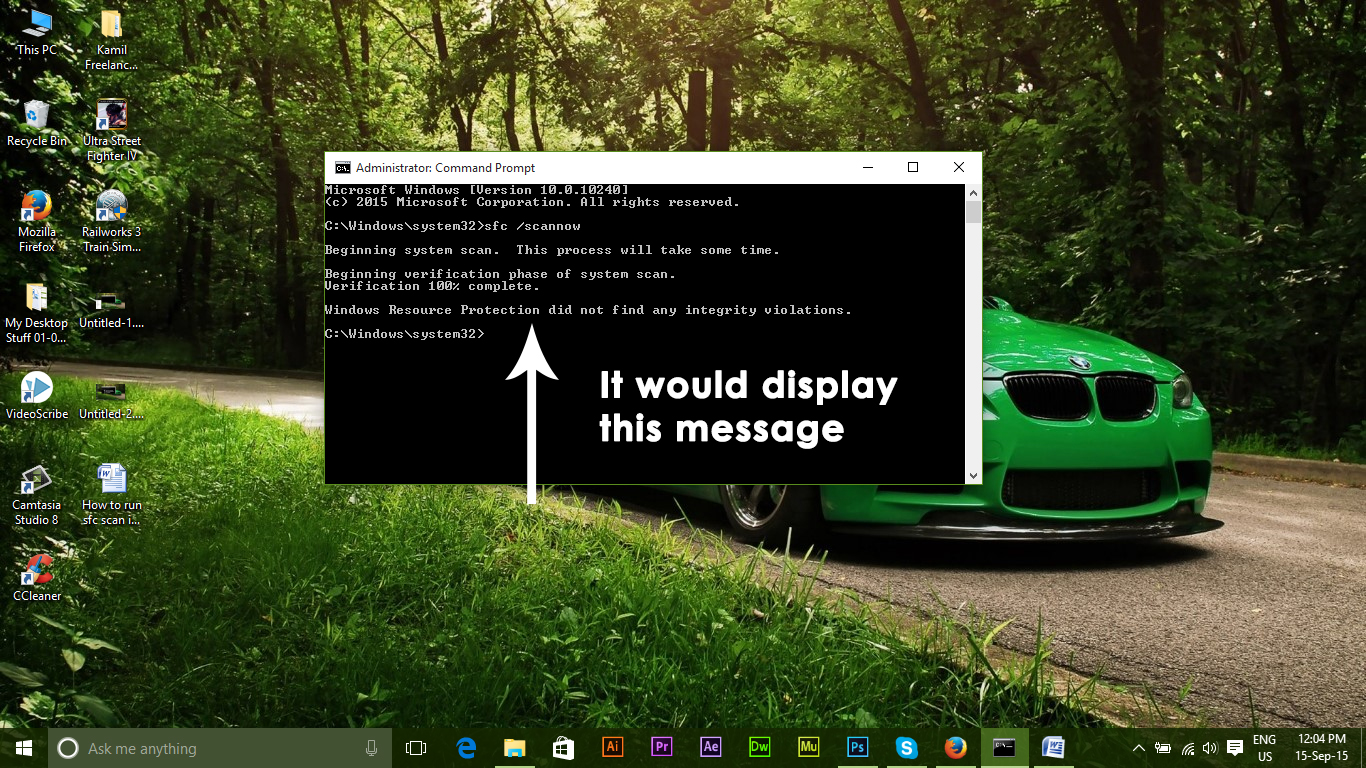How to: Run sfc scan in Windows 10
It often happens that some of the Windows system files become corrupted. This creates a gap within the operating system and ultimately leads to a mess. Windows 10 has a unique tool that allows users to check for corrupted or missing system files and restores them to their previous states.
How to Run a System File Checker (SFC) Scan Using the SFC Tool:
Here comes the fun part. In order to run SFC, simply follow the instructions provided below.
Access the elevated Command Prompt by right-clicking on the start menu icon. Select Command Prompt (Admin) from the list. Alternatively, you can navigate to the Command Prompt by using the shortcut keys Win + X and selecting it.

After running the Command Prompt, type the following command mentioned below in order to run an SFC scan. Ensure that you do not abort this process and wait for it to be completed. The results will be displayed once the scan has finished.
sfc /scannow
Press Enter on the keyboard after typing. This will initiate a scan for corrupted or missing files on your PC.

How does this command scan your PC?
This command is beneficial for those who have some issues related to file corruption on their PCs. It scans all the protected system files and replaces the corrupted files with a cached copy located in a compressed folder, C:\Windows\System32\dllcache. You can navigate to this folder using the aforementioned hierarchy.
Results of the SFC Scan:
After the process is finished at 100%, if everything goes well, you will receive the following message: ‘Windows Resource Protection did not find any integrity violations,‘ as shown in the picture below.

If the SFC Scan displays the following message: ‘Windows Resource Protection found corrupt files and successfully repaired them. Details are included in the CBS.Log %WinDir%\Logs\CBS\CBS.log,’ then you can check the details using the method described below.
Navigate to the Command Prompt and type the following line of code, followed by pressing the Enter key on the keyboard.
findstr /c:”[SR]” %windir%\Logs\CBS\CBS.log >”%userprofile%\Desktop\sfcdetails.txt
If you want to skip to repairing the corrupt system components, type the following command and hit ‘Enter’ in the command prompt:
Dism /Online /Cleanup-Image /RestoreHealth
The text at the end of the above command, i.e., txt, contains details of the entire schedule of the SFC scan performed on the PC, including the date and time. Open the sfcdetails.txt file from the desktop, and you can view the details of the scan.
If the SFC Scan doesn’t resolve the issue for you, try SFCFix, which is a third-party tool that reads from the CBS.LOG file to repair corruptions.